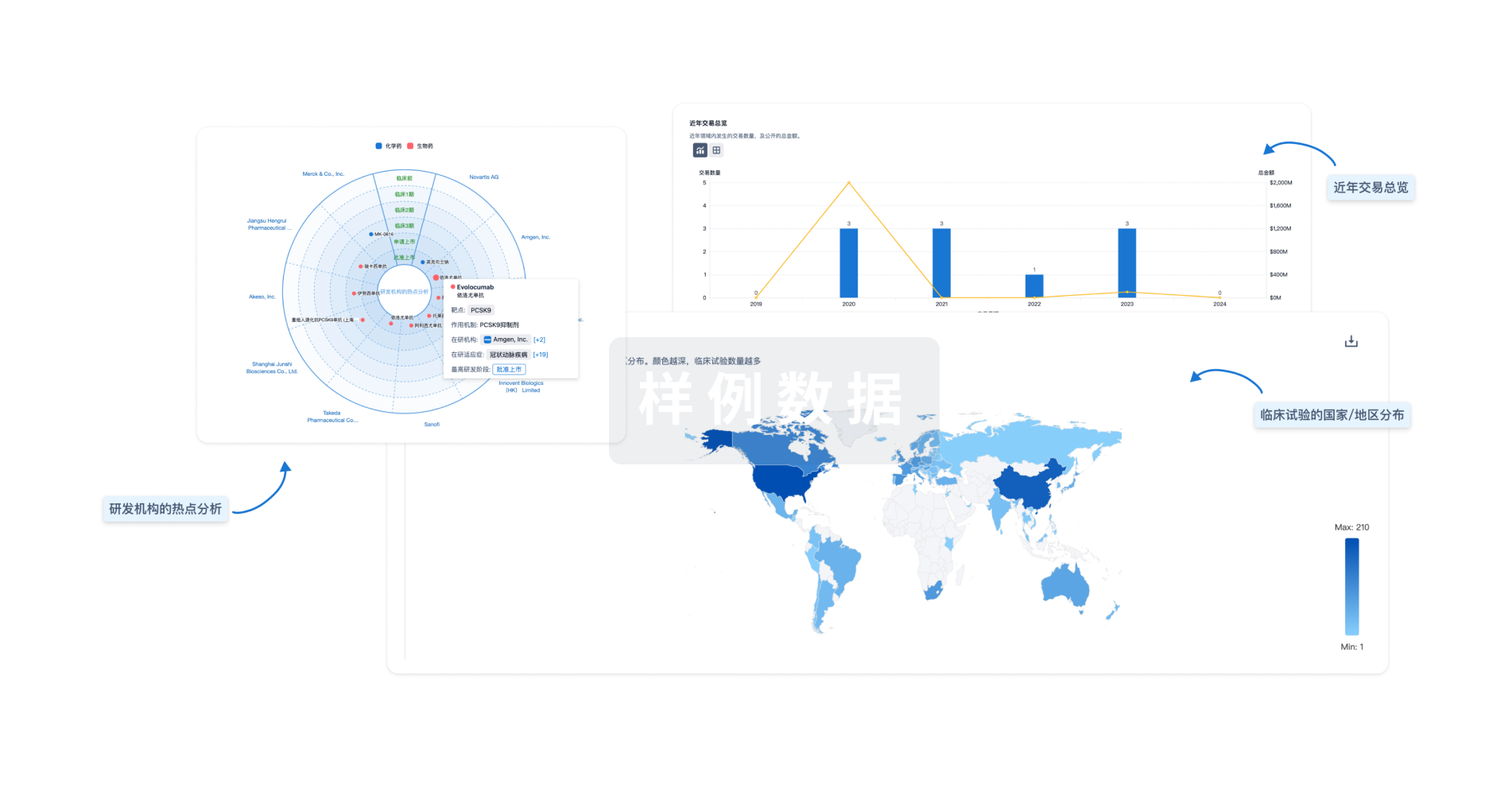预约演示
更新于:2025-05-07
MurA
更新于:2025-05-07
基本信息
别名- |
简介- |
关联
2
项与 MurA 相关的药物靶点 |
作用机制 MurA抑制剂 |
在研机构- |
在研适应症- |
非在研适应症 |
最高研发阶段无进展 |
首次获批国家/地区- |
首次获批日期1800-01-20 |
靶点 |
作用机制 MurA抑制剂 |
在研机构- |
在研适应症- |
非在研适应症 |
最高研发阶段无进展 |
首次获批国家/地区- |
首次获批日期1800-01-20 |
100 项与 MurA 相关的临床结果
登录后查看更多信息
100 项与 MurA 相关的转化医学
登录后查看更多信息
0 项与 MurA 相关的专利(医药)
登录后查看更多信息
288
项与 MurA 相关的文献(医药)2025-04-15·Biochemistry
Molecular Pharmacology of the Antibiotic Fosfomycin, an Inhibitor of Peptidoglycan Biosynthesis
Review
作者: Kim, Dennis H. ; Lees, Watson J.
2025-03-12·mBio
Perturbation of
Pseudomonas aeruginosa
peptidoglycan recycling by anti-folates and design of a dual-action inhibitor
Article
作者: Dobrin, Annamaria ; Goncalves, Océane ; Surette, Michael ; Burrows, Lori L. ; Harvey, Hanjeong ; Ranieri, Michael R. ; Côté, Jean-Phiippe ; Shekarriz, Shahrokh ; Sychantha, David ; Luong, Princeton ; Lamers, Ryan P. ; Yaeger, Luke N. ; diCenzo, George C. ; Magolan, Jakob
2025-03-01·Chemical Biology & Drug Design
Machine Learning‐Based Discovery of a Novel Noncovalent MurA Inhibitor as an Antibacterial Agent
Article
作者: Jin, Hongwei ; Liu, Qingxin ; Luo, Aoqi ; Si, Xinxin ; Li, Ming
分析
对领域进行一次全面的分析。
登录
或

Eureka LS:
全新生物医药AI Agent 覆盖科研全链路,让突破性发现快人一步
立即开始免费试用!
智慧芽新药情报库是智慧芽专为生命科学人士构建的基于AI的创新药情报平台,助您全方位提升您的研发与决策效率。
立即开始数据试用!
智慧芽新药库数据也通过智慧芽数据服务平台,以API或者数据包形式对外开放,助您更加充分利用智慧芽新药情报信息。
生物序列数据库
生物药研发创新
免费使用
化学结构数据库
小分子化药研发创新
免费使用